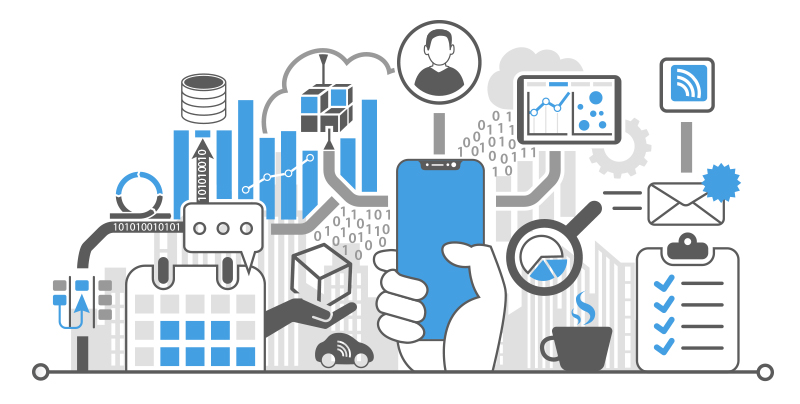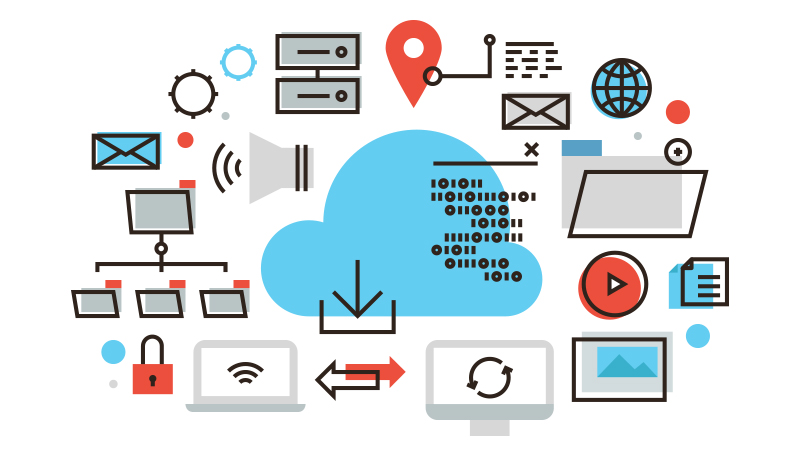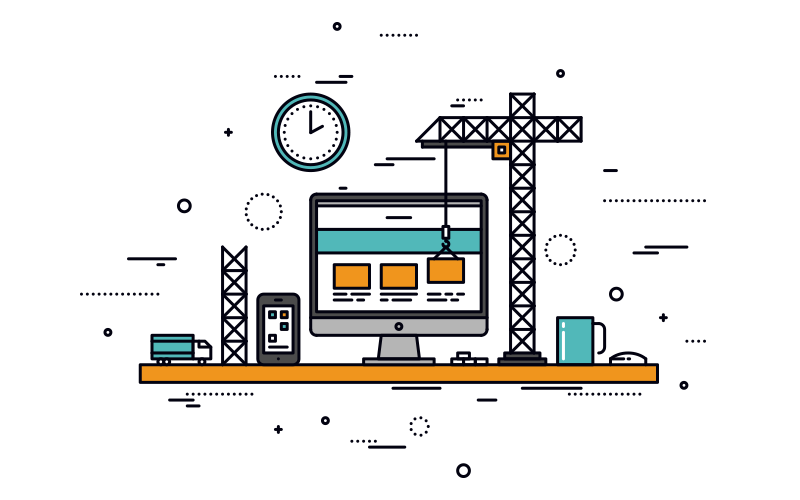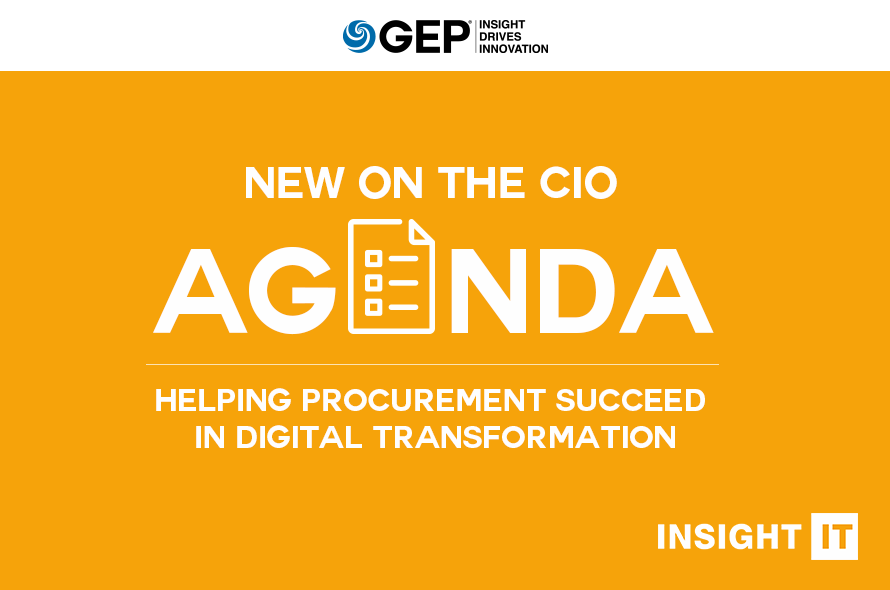Digital transformation today is a key business priority that’s placed CIOs and their teams in the spotlight.
Enterprise IT teams are expected to drive this change across the business. And procurement — an increasingly strategic contributor to enterprise growth and competitiveness — is a prime candidate for digital transformation.
What can the CIO organization do to help procurement achieve this strategic goal?
In a new INSIGHT IT, “New on the CIO Agenda: Helping Procurement Succeed in Digital Transformation,” GEP’s procurement technology experts share four key technology elements that enterprise IT teams must consider while helping procurement digitally transform itself. They also share tips on choosing the right procurement technology for maximum impact.
It’s a must-read for all IT professionals focused on realizing their company’s digital transformation agenda.
WITH DIGITAL TRANSFORMATION BECOMING A KEY BUSINESS STRATEGY FOR ENTERPRISES, the CIO and IT teams may be feeling these days like the winners of the corporate popularity contest. They're being asked to provide increasing amounts of support and advice to many internal business functions to ensure that their transformations are accomplished successfully.

Procurement is no exception, and with its contribution to enterprise growth and competitiveness increasingly being recognized and prioritized, equipping procurement with the right technology platform can have a huge impact on the business.
The emergence of disruptive digital technologies, such as AI, IoT, and blockchain, has made critical the CIO's role in helping enterprise procurement teams select the technology best suited to help transform their operations. In the current environment of disruption and emphasis on agility, it's paramount for these digital tools to be scalable, flexible, sustainable, and able to be integrated into a complex system landscape. To help procurement achieve successful digital transformation, CIOs must consider the following key elements:
 End-to-End, Unified Solutions
End-to-End, Unified Solutions
Many procurement teams use discrete tools and systems to manage their source-to-pay operations. Often these systems work in silos, without allowing fluid exchange between different steps in the process. There are frustrating barriers between sourcing/contracting and purchasing/payments. A unified source-to-pay platform, as opposed to standalone modules or systems can provide seamless information, process and workflows, easy integration, improved data visibility and integrity, and increased compliance, utilization and collaboration. For the CIO, a unified platform does away with the challenges of managing and integrating disparate IT solutions software, improving productivity and saving time and money.
 Cloud Economics
Cloud Economics
Cloud technology has come a long way — quantum leaps in efficiency, performance, security and cost effectiveness over the last few years. According to Gartner, by 2020, anything other than a cloud-only strategy for new IT initiatives will require justification at more than 30 percent of large-enterprise organizations. The advisory company predicts that by 2021, more than half of global enterprises already using cloud today will adopt an all-in-cloud strategy.

With cloud procurement software, infrastructure, maintenance and ongoing operational costs are virtually eliminated. In fact, the impact is all-encompassing, with benefits including greater data security, improved data management and regulatory compliance, and enhanced ability to address the needs of strategic suppliers. What's more, platforms that leverage cloud and mobile technologies boost productivity, responsiveness and savings, and can position the procurement organization for transformative change. From a CIO's perspective, implementing cloud-based solutions helps mitigate the risk of spiraling infrastructure and support costs, while ensuring greater flexibility, scalability and accessibility.
 Intelligent Automation
Intelligent Automation

CIOs at market-leading enterprises today are focused on exploring and harnessing the benefits of emerging technologies such as AI, blockchain and robotic process automation. Procurement is the perfect arena for adoption and deployment of these technologies, which can assume the burden of repetitive or mundane tasks such as managing contracts, tracking spend and assessing supplier performance. Platforms that are designed to leverage cognitive capabilities can drive step-change improvements emerging from procurement to reveal new sources of growth for the enterprise.
 Open Platform
Open Platform
Legacy technology can become a hindrance to transformation. The best new software and platforms essentially future-proof the organization by integrating easily with legacy systems and other third-party applications. Open, cloud-based platforms that enable rapid innovation are worth their weight in gold, particularly within procurement where the mission is actively shifting from cost control and spend management to value creation and enterprise growth.
Conclusion
Procurement is offering CIOs the chance to demonstrate how much impact they can have on a business function that is rapidly evolving and maturing. Procurement is facing a new slate of expectations from the C-suite and has to meet them by transforming its legacy processes, practices and structures. New digital tools and platforms have to be implemented to enable CPOs and their teams to refocus on the strategic, rather than the tactical. By engaging with the procurement team early in this process and guiding them according to the key elements discussed here, the CIO can set the stage for a successful digital procurement transformation.
Unified Source-to-Pay Platform to Enable and Accelerate Digital Procurement Transformation
GEP SMART™ is a unified source-to-pay procurement software platform native to cloud, mobile and touch technologies.
GEP SMART is a powerful procurement software solution, with advanced, AI-based analytics and automation.
Industry-agnostic GEP SMART procurement software is suitable for enterprises with the most complex supply chains. And yes, it works with any F&A or back-end ERP system, such as SAP or Oracle.
For more info, REQUEST A DEMO or CONTACT US

